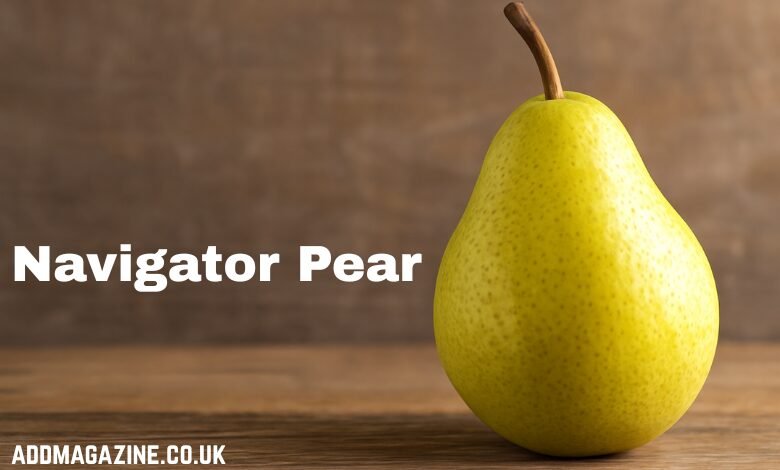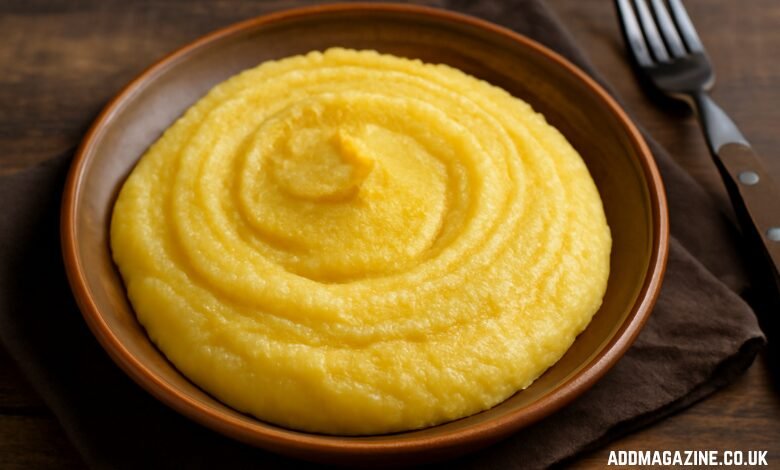Pears have always been a beloved fruit for many people across the world. They come in various shapes, sizes, and flavors. One particular variety that stands out is the Navigator pear. Known for its crisp texture and sweet taste, this pear has been gaining popularity among fruit lovers worldwide.
But what makes the Navigator pear so special? In this post, we’ll explore everything you need to know about this delicious fruit, from its appearance to how it’s grown and enjoyed. Whether you are a fan of pears or new to this variety, you’ll find the information easy to understand and interesting. Let’s dive in!
What is the Navigator Pear?
The Navigator pear is a type of European pear. It belongs to the same family as other well-known pears, such as the Bartlett and Bosc. The Navigator pear is recognized for its smooth, yellow-green skin and its sweet, juicy flavor. What makes it different from other pears is its firm texture and crisp bite. Unlike some pears that can be soft and mushy when ripe, the Navigator pear stays firm and crunchy, which many people find enjoyable.
This pear is also known for its beautiful shape, with a slightly elongated form that makes it visually appealing. It is not only tasty but also a treat for the eyes.
Origin of the Navigator Pear
The Navigator pear was developed in the late 20th century. While the exact origins are not entirely clear, it is believed to have been created through crossbreeding of different European pear varieties. The goal was to create a pear with a sweet flavor and a longer shelf life while retaining the crisp texture that many people prefer.
The pear was cultivated in regions where pears thrive, particularly in places with cooler climates like parts of Europe and North America. Today, it is grown in many areas around the world, thanks to its popularity among consumers and its adaptability to different growing conditions.
Characteristics of Navigator Pear
- Appearance: The Navigator pear is typically a medium to large fruit, with smooth, yellowish-green skin that turns slightly golden when fully ripe. The skin is thin but resilient, which helps protect the juicy flesh inside.
- Texture: One of the standout features of this pear is its crisp and crunchy texture. Unlike some pears that become soft when ripe, the Navigator pear remains firm, making it ideal for people who enjoy a less mushy fruit.
- Flavor: The flavor of the Navigator pear is sweet with a mild tang. It is not as overpoweringly sweet as some other pear varieties, but it has a balanced, refreshing taste. The flavor is subtle and pleasant, making it a versatile pear for snacking, baking, or even using in salads.
- Size: The size of a Navigator pear can vary, but it generally ranges from medium to large. Its elongated shape makes it easily recognizable among other pear varieties.
How to Identify a Ripe Navigator Pear
Knowing when a pear is ripe can sometimes be tricky. With the Navigator pear, there are a few simple signs to look for:
- Color Change: The pear’s skin should shift from a greenish-yellow to a more golden hue as it ripens. This is one of the first indicators that the pear is ready to be eaten.
- Firmness: While the Navigator pear is known for its firm texture, it should give slightly when you press near the stem. If it feels very hard, it may need more time to ripen.
- Aroma: A ripe Navigator pear will emit a sweet, fruity fragrance, particularly near the stem area. If you notice this scent, the pear is likely ready to enjoy.
Growing and Harvesting the Navigator Pear
Like other European pears, the Navigator pear prefers cool climates. It thrives in areas with cold winters and moderate summers, which provide the right conditions for growth. The tree requires well-drained soil and a lot of sunlight for healthy development.
The Navigator pear tree is known to be hardy and adaptable, making it a good choice for home gardeners in regions with a temperate climate. The trees are relatively easy to care for and can produce fruit in 3 to 4 years, making them a great investment for those who enjoy fresh, homegrown fruit.
The harvest time for Navigator pears is usually late summer to early fall, depending on the climate in which they are grown. They are picked when they are still firm but starting to show signs of ripening, as pears continue to ripen after being harvested.
How to Enjoy a Navigator Pear
There are many ways to enjoy the sweet, crisp flavor of the Navigator pear. Here are just a few ideas:
- Eat It Fresh: One of the simplest and most enjoyable ways to eat a Navigator pear is to slice it up and enjoy it as a snack. Its sweet flavor and crunchiness make it perfect for eating on the go.
- Use in Salads: The firm texture of the Navigator pear makes it a great addition to salads. Try pairing it with greens like spinach, arugula, and kale, and add a bit of cheese (like goat cheese or blue cheese) for extra flavor.
- Bake with It: The Navigator pear holds its shape well when baked, making it ideal for pies, tarts, and crisps. You can also bake slices of the pear with a bit of cinnamon and honey for a simple dessert.
- Add to Smoothies: If you’re looking for a refreshing drink, add a Navigator pear to your favorite smoothie recipe. It will add natural sweetness and a creamy texture.
- Pair with Cheese: Pears and cheese make a classic combination. Try pairing the Navigator pear with cheeses like cheddar, brie, or gouda for a delicious appetizer.
- Make Pear Sauce: Similar to applesauce, pear sauce can be made by cooking down ripe pears with a bit of sugar and lemon juice. It’s a sweet treat that can be used as a topping for yogurt, pancakes, or oatmeal.
Nutritional Benefits of the Navigator Pear
The Navigator pear is not only delicious, but it is also a healthy fruit that can provide several nutritional benefits. Here’s a look at what’s inside this pear:
- Low in Calories: A medium-sized Navigator pear contains about 100 calories, making it a low-calorie snack that’s perfect for those watching their weight.
- High in Fiber: Pears, including the Navigator variety, are an excellent source of dietary fiber. This fiber helps with digestion, supports a healthy gut, and can help lower cholesterol levels.
- Rich in Vitamins and Minerals: Navigator pears contain vitamin C, which helps boost the immune system, and potassium, which is important for heart health and muscle function.
- Hydrating: Pears have a high water content (about 85% water), which makes them great for staying hydrated, especially in warmer months.
Common Problems with Growing Navigator Pears
While Navigator pears are generally hardy, like all fruit trees, they can face some challenges. Here are a few common issues to watch out for when growing this pear variety:
- Pest and Disease: Pear trees are susceptible to pests like aphids and diseases like fire blight. Regular monitoring and treatment can help prevent major damage.
- Frost: Pear trees need a cold period to thrive, but late frosts in the spring can damage the blossoms, leading to a poor harvest. It’s essential to plant pear trees in areas where late frosts are not a frequent issue.
Conclusion
The Navigator pear is a delightful and versatile fruit, offering a crisp texture and sweet, refreshing flavor. Whether you enjoy it fresh, in a salad, or baked into a dessert, it’s a fruit that appeals to both kids and adults alike. Its hardy nature makes it suitable for a variety of growing conditions, and its nutritional benefits make it a healthy addition to any diet.
Whether you’re a gardener looking to grow this pear in your backyard or someone simply looking to add a new fruit to your diet, the Navigator pear is definitely worth considering. Its blend of taste, texture, and health benefits makes it a true gem in the pear family.




